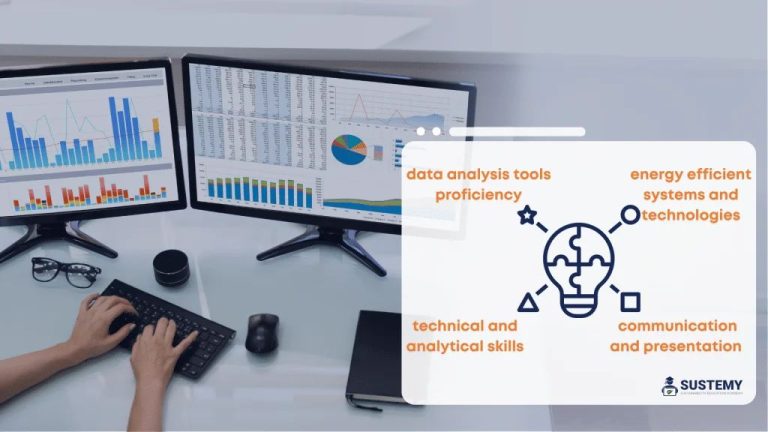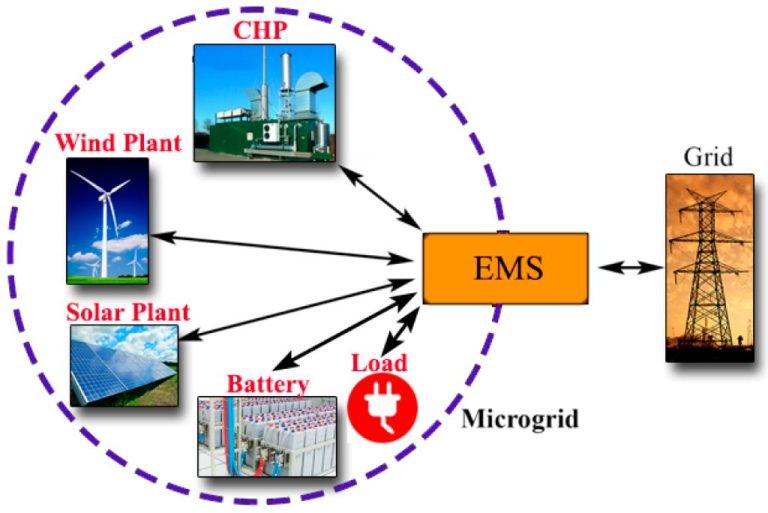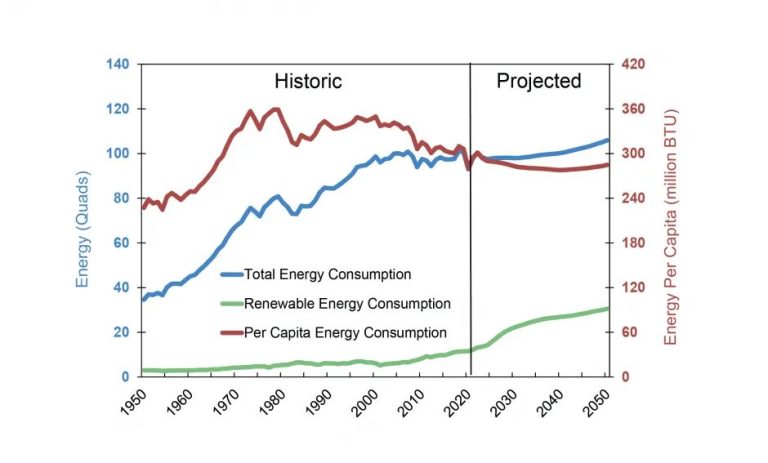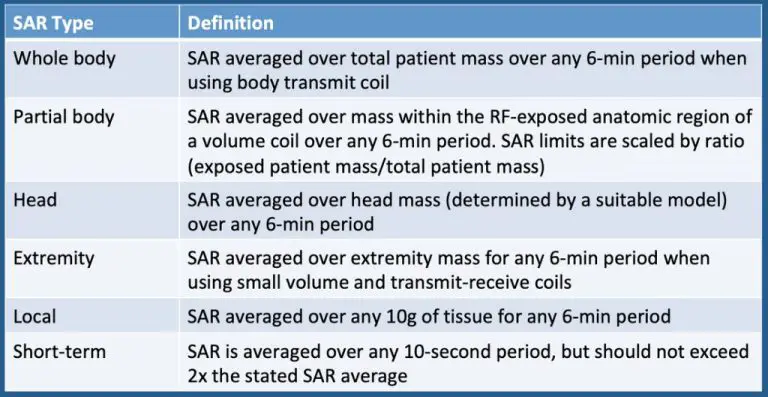Can New Windows Be Used On Taxes?
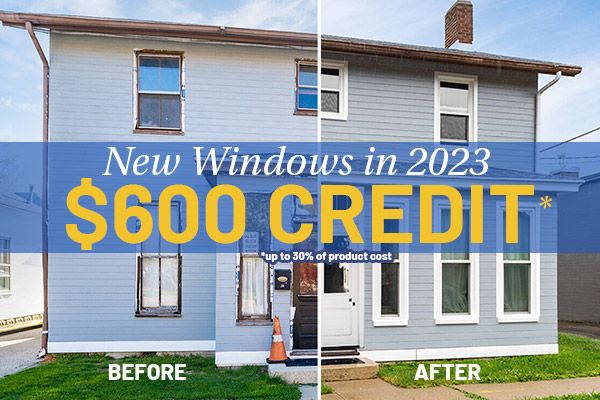
The cost of installing new windows or making other energy efficiency improvements to your home can be quite expensive. With the rising costs of energy bills, many homeowners are looking for ways to make upgrades that will help reduce costs and increase home comfort over the long-term. One way some homeowners are able to offset the upfront costs of these home improvements is through the use of federal tax deductions and credits.
This article will examine how new windows can potentially qualify you for tax deductions that could save you money. We’ll look at the requirements, rules, and limits surrounding claiming new windows as a deductible expense on your federal income taxes. With strategic planning and record keeping, new windows could result in substantial tax savings and quicker payback on your investment.
Human: Thanks! Now let’s write the section for “What qualifies as a new window?”. Make sure to:
– Explain the criteria for a window to qualify as “new” for tax purposes
– List the types of window replacements/installations that would qualify
– Indicate if there are any exclusions or windows that would NOT qualify
– Cite the exact sources where applicable.
Please write this section in rich text/HTML format with proper headings and HTML tags.
What qualifies as a new window?
To qualify as a new window for tax purposes, the window must be an entirely new installation or a full window replacement. Repairs or partial replacements generally do not qualify. The IRS defines a new window eligible for the tax credit as one that meets ENERGY STAR requirements for the climate zone where you live. New skylights can also qualify for the tax credit if they are ENERGY STAR rated. Storm windows added over existing windows do not count as new windows for this tax credit.
The new window installation must be intended to improve the energy efficiency of the home in order to qualify for the tax credit. Replacing a window solely for aesthetics or other reasons would not make it eligible. The new window must meet criteria defined by the IRS for performance, certification, and proper installation. Windows that are not ENERGY STAR certified or that do not comply with ENERGY STAR qualifications for the region will not qualify for the tax credit.
In summary, to qualify as a new window for tax deduction purposes, the window must be a full replacement or new installation intended to improve energy efficiency, meet ENERGY STAR requirements, and comply with other IRS criteria.
Requirements for deducting new windows
To qualify for deducting the cost of new windows, there are several requirements that must be met:
You must own the home where the new windows are being installed. If you rent, you cannot deduct new windows. The deduction is for homeowners only.
You must itemize your deductions on your tax return to be able to deduct new windows. If you take the standard deduction, you cannot take this deduction.
New windows must qualify as a home improvement. Upgrades for maintenance and repairs do not count. New windows should improve efficiency or value of the home.
You can only deduct the cost of the windows themselves and any labor directly involved in installing them. Other costs don’t qualify.
There may be limits on the total amount you can deduct for home improvements each year. New windows deduction will count toward that limit.
Consult IRS guidelines for details on what counts as a deductible home improvement. New windows typically qualify but check for your specific situation.
How much can you deduct?
Homeowners can deduct up to 30% of the total cost of qualifying window replacements in 2023 and 2024, subject to certain limits and criteria.
The maximum deduction is $600 for windows installed in 2023, and $600 for windows installed in 2024. So if you install qualifying new windows that cost $2,000 in 2023, you could claim a tax deduction of 30% of $2,000, or $600. If the windows cost $5,000, you would still max out at the $600 limit.
The deduction applies to both the windows themselves and the cost of installation. So all expenses related to putting in new Energy Star certified windows would count towards the total cost when calculating the deduction.
It’s important to note that the deduction cannot exceed 30% of the total cost or $600, whichever is less. And the maximum per year is $600, even if you install qualifying windows in multiple parts of your home over multiple years.
You can find more details on deduction limits in the IRS Form 5695 instructions.
When can the deduction be claimed?
The deduction for new windows can be claimed on your taxes in the year they were installed. However, there is a lifetime limit on how much you can deduct. According to the IRS, you can deduct up to $1,200 total over your lifetime for replacing windows and skylights. This means if you deduct $500 one year for new windows, you have $700 remaining that can be deducted in the future.
It’s important to note that the $1,200 lifetime limit is per taxpayer, not per home. So if you and your spouse file jointly and replace windows in your home, you could each claim up to $1,200 for a combined total of $2,400.
You also cannot deduct more than the amount you paid for the windows and installation in a given year. For example, if you paid $800 to replace windows in 2023, your deduction would be limited to $800 even though you have $1,200 remaining in your lifetime limit.
The key things to remember are that the deduction must be claimed in the year the windows were installed, and there is a $1,200 per taxpayer lifetime limit on the amount that can be deducted across all years.
How to claim the deduction
To claim the deduction for new windows on your taxes, you must have proper documentation such as receipts or invoices showing the cost of the windows. The expenses must be claimed on Form 1040 Schedule A, Itemized Deductions as part of your “Other expenses” deduction.
According to the IRS, you should keep receipts, cancelled checks, or other documentation that proves you paid for the new windows during the tax year you are claiming the deduction. The receipts should include details like the date and amount paid.[1]
When filing Schedule A, you will report your total deductible home improvement expenses for the year, including the cost of the new windows. It’s important to remember that the total amount must exceed 2% of your adjusted gross income before you can claim any deduction. You should consult IRS Publication 530 for the detailed instructions on how to fill out Schedule A for this deduction.[2]
In summary, keep good documentation of your window expenses and properly report them on Schedule A, following the IRS rules for itemized deductions, in order to claim the tax deduction for your new window costs.
Tax credits for energy efficient windows
Installing ENERGY STAR certified windows and skylights in your home can make you eligible for a tax credit under Section 25C of the Internal Revenue Code. For 2023, you can get a tax credit equal to 30% of the cost of the windows and skylights, up to $600 for windows and $200 for skylights.
To qualify for the tax credit, the windows and skylights must meet Energy Star’s efficiency criteria. Specifically, they must have a U-factor and Solar Heat Gain Coefficient (SHGC) equal to or lower than the levels set by Energy Star for the climate zone where you live.
You can find the efficiency requirements for different climate zones on the Energy Star website. The tax credit applies to both replacement windows and new construction installations.
Besides regular windows, the tax credit also applies to skylights, exterior doors, and storm windows. The maximum credit for all qualifying improvements in a tax year is $3,200. So if you install efficient windows, doors, skylights, and storm windows in 2023, you can get credits up to that limit.
To claim the tax credit, save your receipts and manufacturer certifications showing the products are Energy Star certified. Claim the credit when you file your 2023 taxes in 2024.
Other window-related deductions
In addition to the tax credits available for new energy efficient windows, there are some other window-related home improvements that may qualify for deductions or credits:
Covering windows with storm windows can help improve energy efficiency and may qualify for an energy efficiency tax credit if they meet certain requirements. Storm windows must be specifically designed to reduce heat loss or gain and meet Energy Star program requirements.
Window treatments such as curtains, blinds, and shutters are generally not eligible for energy efficiency tax credits on their own. However, if they are part of an overall window replacement project and help contribute to energy savings, they may be included in calculating the overall tax credit.
Expenses related to window repair or maintenance, such as replacing a broken window pane, repainting window frames, replacing window hardware, or weatherstripping, are typically considered general home repairs and not eligible for tax credits. Major window restoration expenses that improve energy efficiency may potentially qualify if extensive.
When claiming any window-related deductions, homeowners should maintain detailed records such as receipts, contractor invoices, product information showing Energy Star certification, and documentation of energy efficiency improvements. Consult a tax professional to determine eligibility.
Windows and home resale value
Installing new windows can potentially increase your home’s value when you go to sell. According to https://curbio.com/curb-appeal-blog/will-new-windows-increase-value-home/, replacing old, damaged windows with new, high-quality windows boosts curb appeal. This makes the home more attractive to potential buyers.
The extent of the value increase depends on factors like the home’s location and market conditions. But in general, new windows make the home look updated and well-maintained. This signals that the home has been cared for and not neglected.
Energy efficient windows can also add value by reducing energy costs. A report from https://www.creditkarma.com/home-loans/i/do-new-windows-increase-home-value says buyers may pay a premium for a home with modern windows that provide savings on utilities.
Overall, installing new replacement windows as part of a home renovation project prior to selling can be a worthwhile investment. It modernizes the home’s look and improves efficiency and comfort.
Conclusion
In summary, there are certain tax deductions available for installing new windows in your home. To qualify, the windows must be an upgrade that increases energy efficiency and provides significant energy savings. The costs of the new windows, including materials and labor, can potentially be deducted up to certain limits. The deduction is usually claimed in the year the windows were installed. There are also tax credits available specifically for installing energy efficient windows certified by ENERGY STAR or similar programs. Other window expenses like repairs may be deductible in some cases as well. New windows can provide both energy savings and increased home value. With proper documentation and by following the IRS requirements, you may be able to deduct new window installation costs and save on your taxes.

